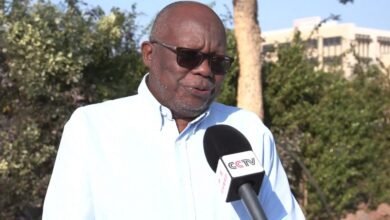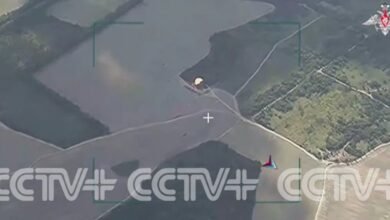
Kenya has 16 main hydro dams supplying the country’s power.
Lately, the country has witnessed severe drought that has seen the cost of electricity skyrocket and has also affected farmers and herders.
According to the Kenya National Bureau of Statistics (KNBS) power generation in the month of January, this year hit a historic low of 0.84 percent.
“Total local electricity generation decreased from 1,076.42 million kWh in December 2022 to 1,067.36 million kWh in January 2023,” said KNBS.
The Energy Petroleum Regulatory Authority (EPRA) data shows that between February and January this year, hydro-power generation dropped sharply by 64 percent to 112.7 million units down from 184.68 million units.
It’s the fifth month in a row that the country has experienced a drop in electricity generation from hydropower dams.
Below are some of Kenya’s main hydro dams;
Masinga dam
Masinga Power Station has an installed capacity of 40 MW, and was commissioned in 1981. Two vertical Kaplan turbines drive two generators capable of generating 40 MW of power. The power generated is transmitted to Kamburu power station for transmission to Nairobi.
In addition to the 40MW produced by this station, Masinga serves as a crucial reservoir, which has a capacity of 1.56 billion cubic meters of water.
Kamburu Power
The Station has an installed capacity of 94.2 MW and was commissioned in 1974. Kamburu is the first underground power station in the complex. Electric power from Kamburu is conveyed to Nairobi via two 220 kV transmission lines from a primary 132 kV substation.
Gitaru Dam
The Power Station has an installed capacity of 225 MW, and was commissioned in 1978 (145 MW) and 1999 (80 MW) Gitaru is the biggest power station in Kenya in terms of installed capacity. The power produced is transmitted to Kamburu 132 kV substation via two 132 kV circuits. The discharge from Gitaru Station is conveyed through a 5 km tailrace tunnel which empties into Kindaruma reservoir.
Kindaruma dam
Kindaruma Power Station has an installed capacity of 44 MW, and was commissioned in 1968.
It is the first station to be constructed in the Seven Forks complex. Power from Kindaruma is transmitted directly to Nairobi via a 132 kV line or to Kamburu 132 kV substation.
Kiambere dam
It has an installed capacity of 144 MW, and was commissioned in 1988. The reservoir’s capacity is 585 million m³. As it is currently the last dam on the Tana, the machines run mostly as base load hence the large power output.
The underground powerhouse is situated 4 km away from the saddle dam where the intake structure is located. The water conveyance is by a 6m-diameter headrace tunnel.
Other dams are Turkwel, Gitaru, Masinga, Sondu Miriu, Tana, Wanjii, and Sang’oro.
Kenya has been importing hydropower from Ethiopia, which hit a historic high in January.
According to KNBS Ethiopia supplied Kenya with a record 68.48 million kilowatt-hours (kWh) of electricity in January.
Up to 39.73 million units or 58.01 percent were imported from Ethiopia following an inked power purchase agreement (PPA) deal for the evacuation of cheaper hydro-power from the Grand Ethiopian Renaissance Dam (GERD).
Kenya in January officially started importing 200 megawatts (MW) of cheaper power from Ethiopia, after a trial run in November, which has helped stabilise the power supply.
Uganda and Kenya maintain power purchase agreements since 1964, when the Yoweri Museveni-led country supplied Nairobi with 28.75 million units.





